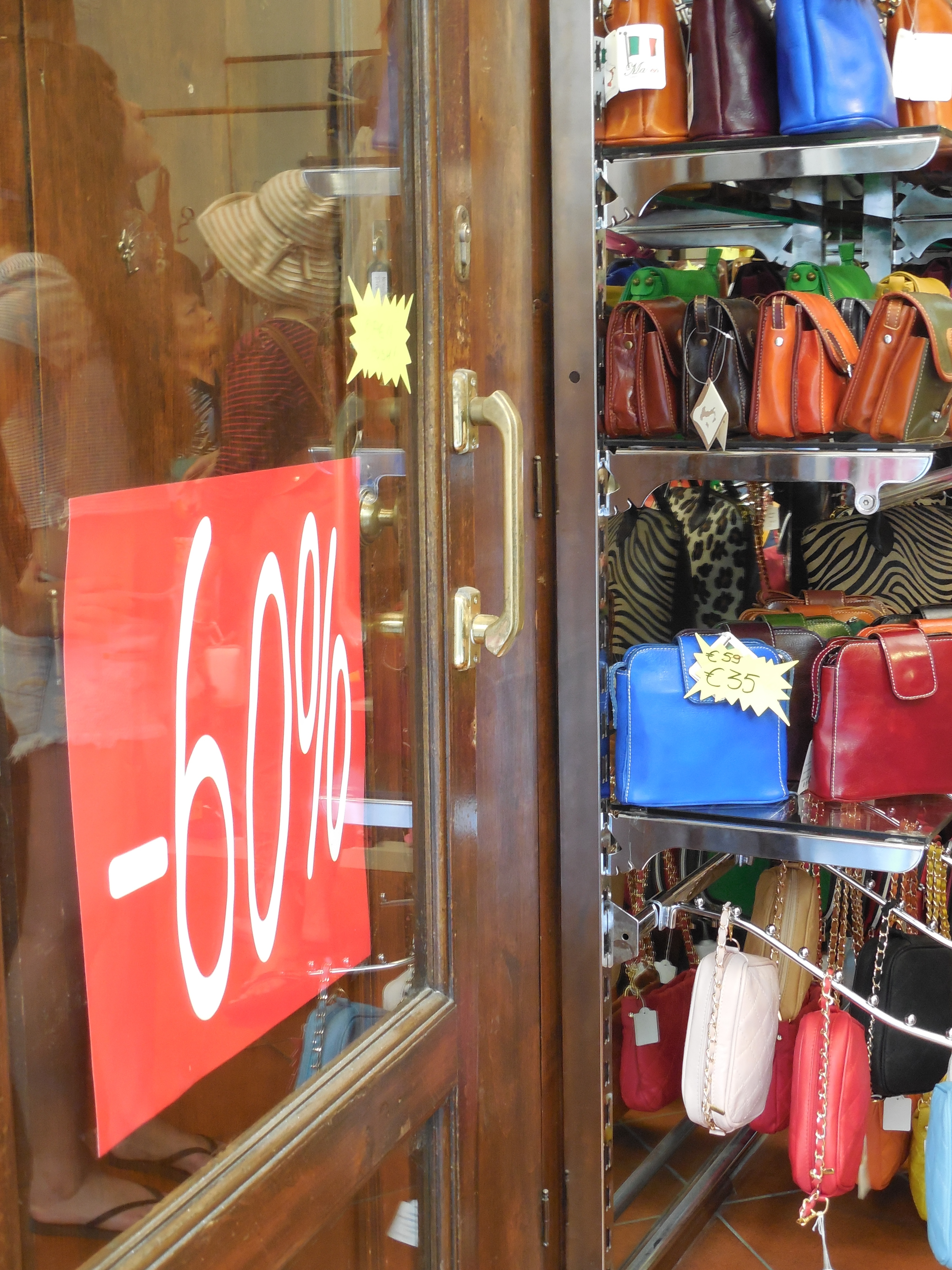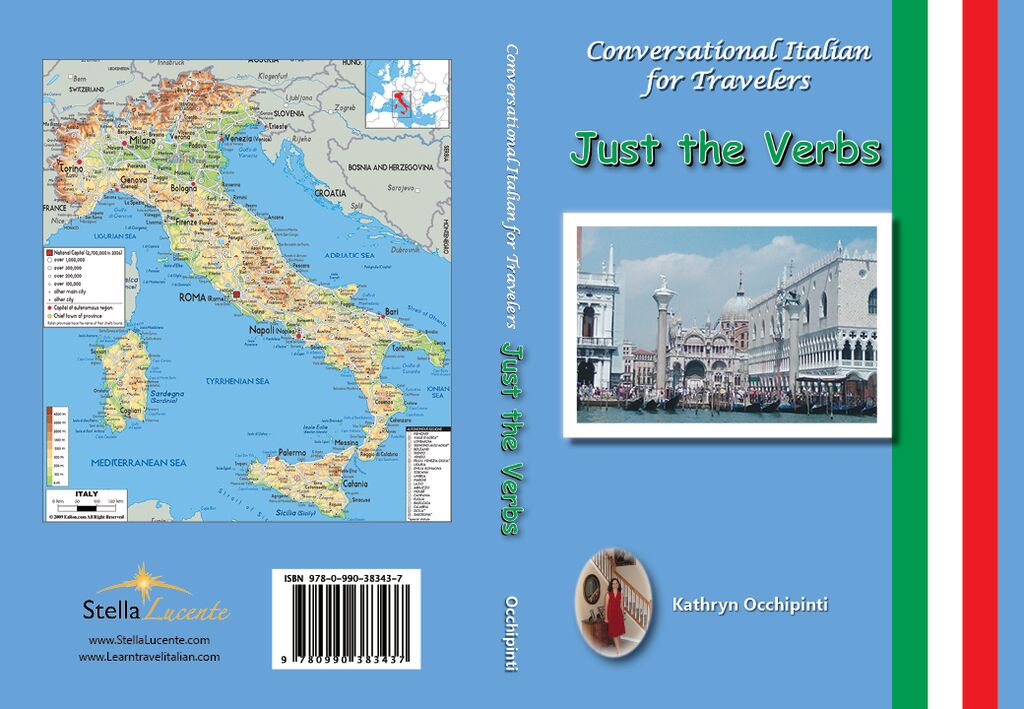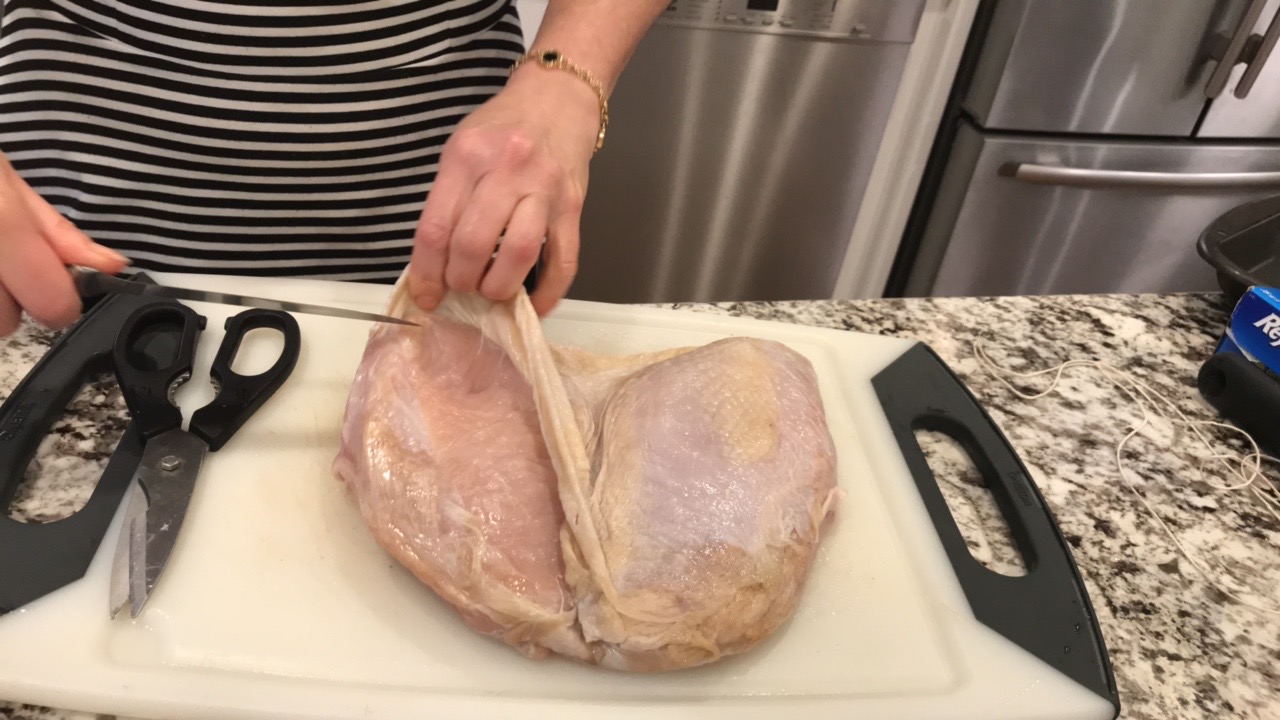
Ciao a tutti! We are on our way to speaking Italian more easily and confidently by the end of 2021!
I have been trying to help you with this goal by posting a new blog every month in the series “Italian Phrases We Use EVERY Day!”® With these blogs, I discuss how Italians use their language on a daily basis and in so doing help you to “think in Italian.”
When visiting another country, it is important to understand how to be polite. If one wants to “fare una bella figura” in Italy, that is, “make a good impression,” it is important to know a few polite words in Italian. For those staying in Italy for an extended visit or settling in Italy permanently, it is equally as important to know how to express one’s feelings friendship.
Italian has a special way to bridge the gap linguistically from between two people who start out as acquaintances and become friends. A simple phrase is relayed from one person to the other: “Dare del tu.” If accepted, is a true sign of friendship!
As I’ve said before, I believe that “commonly used phrases” are the key for how we can all build fluency in any language in a short time.
If we learn how to build on the “commonly used phrase” “Dare del tu,” which is Italian for, “Let’s be friends and use the familiar form with each other,” we will be able to communicate the closeness we feel with a friend, just as we do in our native language!
This post is the 45th in a series of Italian phrases we have been trying out in our Conversational Italian! Facebook group. If you’d like to read the earlier posts in the series, “Italian Phrases We Use EVERY Day!” just click HERE
The “commonly used phrase” in Italian
Dare del tu?
is used to ask,
Let’s be friends and use the familiar form with each other!See below for how this works.
As we all master these phrases, so will you. Try my method and let me know how it works. What sentences will you create with these phrases?
Please reply. I’d love to hear from you! Or join our Conversational Italian! group discussion on Facebook.
The basics of the Italian language are introduced in the Conversational Italian for Travelers textbook and reference books Just the Verbs and Just the Grammar
found on amazon.com and Learn Travel Italian.com.
The rights to purchase the Conversational Italian for Travelers books in PDF format on two electronic devices can also be obtained at Learn Travel Italian.com.
************************************************
Let’s Talk About…
Getting from Polite to Familiar in Italian with
Dare del Tu
Italian has three subject pronouns with three different verb conjugations in the present tense for conversing with acquaintances and friends. Reflexive verbs include a reflexive pronoun as well. This is less complicated than it may seem at first.
Let’s look at the conjugation table for chiamarsi, the reflexive verb that means “to be named,” or “to call oneself.” This verb is one of the first verbs an Italian student learns to conjugate and contains all the elements to understand polite and familiar verb tenses. A refresher, from our Conversational Italian for Travelers book, “Just the Important Phrases” is given in the section below.
How do we conjugate an Italian verb into the polite or familiar form?
First, let’s conjugate chiamarsi the way we would any other –are verb. Chiamarsi (to call oneself/to be named) will have the same stem and endings as chiamare (to call someone — directly, or on the phone). The stem for both chiamare and chiamarsi is chiam. Add the -are endings to the stem chiam to form the new verbs below. The stress will fall on the second syllable for our first three forms and the loro form. The stressed syllable has been underlined in the table.
Chiamare – to call someone
|
io |
chiamo |
I call |
|
tu |
chiami |
you (familiar) call |
|
Lei lei/lui |
chiama |
you (polite) call she/he calls |
|
|
|
|
|
noi |
chiamiamo |
we call |
|
voi |
chiamate |
you all call |
|
loro |
chiamano |
they call |
To complete the conjugation of chiamarsi, add a reflexive pronoun before each conjugated verb. Notice that in English the reflexive pronoun goes after the verb, so this may take a little getting used to.
Chiamarsi – to be called, as in a name/to name oneself
|
io |
mi |
chiamo |
I call myself |
|
tu |
ti |
chiami |
you (familiar) call yourself |
|
Lei/lei/lui |
si |
chiama |
you (polite)/she/he calls |
|
|
|
|
|
|
noi |
ci |
chiamiamo |
we call ourselves |
|
voi |
vi |
chiamate |
you all call yourselves |
|
loro |
si |
chiamano |
they call themselves |
How do we use an Italian verb in the polite form?
From the translations in both tables in the last section, we see the the “Lei” form is called the polite form of the verb; this means one addresses someone they have not met before as “you” with “Lei” and the polite verb conjugation. In the case of chiamarsi, one would ask, “Come si chiama?” “What is your name?” in a polite way during introductions.
As with all social conventions, there are rules to follow regarding when one should be polite to another.
The polite form Lei is used between adults when they first meet
and to show respect for others.
Using the Lei form of Italian shows that one is a educated person who follows proper social norms.
Lei is especially important to show respect when addressing someone who is older than the speaker or who is in an important social position, such as a boss at work, a professional such as a teacher, doctor, or lawyer, or a government official. When professionals and government officials who are not friends speak with each other, Lei is also required.
The easiest way to train your ear to listen to the polite form is to watch an Italian TV series where the characters are shown in their place of work. In the popular series “Commissario Montalbano” or “Detective Montalbano” the detective always replies to his superior, the “Questore,” or “Chief of Police,” with the Lei form and usually speaks calmly, with a measured tone. But when the same detective is talking to the policemen that work for him, he uses the tu form and colors his sentences with any number of colloquial exclamations.
An important note about being polite in Italy: remember that children are never addressed with Lei! Even a child that you meet for the first time.
The question comes up, then, when one is “adult” enough to be addressed with the Lei form. This, of course, will vary, but the other person should have attained at least the age of the speaker. Also, keep in mind that in Italy children are called bambini, which we translate into English as “babies” until about 12 years of age and then are ragazzi, or “girls and boys,” until long after the teenage years!
If both speakers have reached the age of 21, is probably safe to start using the Lei, although, in this case the situation should also be considered.
Younger people tend to be informal with each other in social gatherings, and sometimes even at work! While I was visiting Italy, my older Italian friend once politely reprimanded a 20-something shopkeeper for using the tu form with customers by asking the shopkeeper to revert back to using Lei. (See the last section of this blog for how this is done.)
Keeping all of the above in mind, when entering a shop, it is polite to say, “Buon giorno,” and most shopkeepers will politely greet those entering with a “Buon giorno,” in return and continue the conversation by speaking to the customer with the Lei form. Therefore, it is useful for the Italian student to recognize the polite verb endings for the present tense -are, -ere, and -ire verbs that will be used, which are: (-a, -e, -e).
It will be appreciated if the traveler also speaks to the shopkeeper in the Lei form, but understood if the traveler replies in the tu, or familiar form, given the difficulty of this concept for the non-native speaker. The tu form for all present tense verbs has a single ending, of course, which is “-i.”
A common polite line the shopkeeper may ask the customer after the usual greeting is, “Posso aiutarla?” for “How may I help you?” If you as a customer don’t need anything in particular, but would like to “just look around,” you can answer politely with “No, grazie, Sto solo dando un’occhiata.”
To learn more about shopping in Italy, visit our blog “Quanto costa?” For more phrases you need to know when conversing at an Italian shop, check out our pocket travel book Conversational Italian for Travelers “Just the Important Phrases” or download Conversational Italian for Travelers “Just the Important Phrases” into your phone at www.learntravelitalian.com.
How do we use an Italian verb in the familiar form?
From the translations in both tables in the first section, we see the the “tu” form is called the familiar form of the verb; this means that one addresses people they know well, such as family members or friends with the tu form. As we mentioned in the last section, children are always addressed with tu.
Someone the speaker has just met, who is the same age as the speaker and they feel a friendly connection with can also be addressed as “you” with “tu” and the familiar verb conjugation. In the case of chiamarsi, one would ask, “Come ti chiami?” “What is your name?” in a familiar way during introductions.
As with all social conventions, there are rules as to when one should be familiar with another.
The familiar form tu is used between family members, friends,
and anyone the speaker has met who is their same age or younger
to whom they feel a friendly connection.
Using the tu form of Italian shows a warmth for an individual the speaker feels close to.
So, in what situation would someone use chiamarsi to ask another’s name in the tu form? This statement seems like a contradiction; if I am using the tu form, I must already know this person, right? So, then why would I be asking their name? As mentioned before, the tu form is always used with children, even if you’ve just met a child. So to ask a child’s name, use, “Come ti chiami?” If you ask the child’s name with the formal Lei, you will seem overly polite and may elicit a chuckle from the parent or even the child themself!
The expression “Come ti chiami?” is also helpful between adults. In the adult world, we may meet someone superficially as part of a group on a routine basis, such as in a required business meeting or in the classroom. So when two people know each other superficially, but have not been formally introduced, one may ask another directly, “Come ti chiami?” This assumes, of course, that the two individuals have the same position in the group and are of similar age and feel a connection due to their shared experience.
According to Italian convention, to use the familiar tu with someone you have not officially met is a sign that you feel yourself better than them or that you simply don’t care about being polite. The movie, “The Nights of Caibiria,” by Federico Fellini, is a study in this type of personality. In the beginning of the film, a “famous movie star” character consistently addresses others with the tu form when he is out for the evening visiting night clubs in Rome. After he uses the tu form, others respond with the Lei. When interacting on a personal level with a women he meets that night, he uses the familiar tu form from their first conversation; she knows that he is famous and does not reprimand him. The self-centered, “famous actor” drives this woman to another night club in Rome before he brings her to his home, and, after several hours finally asks her, “Come ti chiami?”
However, the traveler who is not Italian and has limited knowledge of the Italian language, any attempt to speak Italian is usually appreciated. It is not normally taken as a sign of disrespect if the traveler replies in the more easily remembered tu familiar form.
Are there other ways to be polite and familiar in Italian?
Also important to remember are the polite and familiar ways to say “hello” and ” good bye” in Italian. For instance, the Italian word “Ciao!” is now commonly used in America with acquaintances. But Italians only use this expression among close friends, and it is good to remember this social convention when one is a visitor to Italy.
The correct translation of “ciao” is “hi” or “bye,” and not “hello” or “good bye.” This translation shows how informal this Italian expression really is! So when entering a shop keeper’s store, it is proper to say a polite, “Buon giorno!” for “Good day!” and when leaving, “Arrivederci!” for “Good bye!” and not simply, “Ciao!” When Detective Montalbano speaks with the chief of police on the telephone, and the conversation ends, he uses the ultra formal, “Arrivederla.”
Below is a table reproduced from the book Conversational Italian for Travelers “Just the Important Phrases,” with the many (but not all) expressions of meeting and greeting that are used in Italy today.
Buon giorno.* Good morning. (lit. Good day.) used all day into evening
Buona sera.* Good evening. early night–time greeting
Buona notte.* Good night. used when leaving/bedtime
Buona giornata. (Have a) good day. to wish someone a nice (entire) day
Ciao! Hi!/Bye! informal greeting family/friends
Salve. Hello._________________________________both familiar and polite
Ci vediamo! (Until) we see each other (again)! for family or for a friend you
hope to see again soon
Arrivederci. Good bye. familiar polite
Arriverla. Good bye. polite, with respect
ArrivederLa. Good bye. formal written form
Come va? How (is it) go(ing)? a slang greeting used often
Ciao bella!/Ciao bello! Hey, beautiful girl!/Hey handsome! for someone you know (well)
A dopo! (See you) later! good-bye between friends
A più tardi! (See you) later! good-bye between friends
A presto! (See you) soon! good-bye between friends
*Can be written as one word: buongiorno, buonasera, buonanotte.
How do I change from the polite to the familiar in Italian?
Since Italian has created a situation where two people can be polite (to show respect for each other) or familiar (to show caring between family and friends), there is also a need for phrases that will take people from a polite relationship to a familiar one.
The verb dare, which means “to give,” is used in important expressions that allow the change to be made from a formal conversation, using the polite verb form for “you” (the Lei form), to a familiar conversation, using the familiar verb form of “you” (the tu form).
Imagine, for instance, that a conversation starts up at a gathering between two people who are of the same age and have just met. At some point in the conversation, one will say to the other, “Diamoci del tu,” which does not have a good literal translation, but roughly means, “Let’s use the familiar form of you (the tu form) with each other and address each other familiarly.” The reflexive pronoun ci is added to the end of the verb diamo in order to refer to each other. This is a familiar way to ask the question, and assumes a level of comfort that the feeling of familiarity will be reciprocated.
An even more familiar way to ask the same question is to use the command familiar form of this phrase, which is, “Dammi del tu!” for “Give me the tu!” The use of this phrase emphasizes the closeness that the speaker already feels toward the other individual just in the way the question is asked, as familiar command phrases are normally only used between family and close friends.
There are other ways to make this request. If the person making the request wants to continue in the polite way of speaking when the request is being made, and switch only after consent is given, he or she could use the verb potere and the very useful phrase of politeness we have come across many times before in the Conversational Italian for Travelers books: “Mi può…” In this case, the phrase would be, “Mi può dare del tu,” for “You can use the familiar form of “you” with me.”
Or, perhaps one is speaking to an older individual and is not sure the feeling of familiarity will be reciprocated. They can use the same phrase in a question form, as in, “Le posso dare del tu?” which means, “Can I use the familiar form of ‘you’ with you?” Or, alternatively, “Possiamo darci del tu?” for “Can we use the familiar form with each other?”
Finally, as noted earlier in this blog, Italians use the polite form of “you” in conversation as a way of showing respect to older individuals, professionals, or those in government. Between Italians, then, a situation may arise where someone of importance might feel another individual is not showing proper respect or has become too familiar with them by their use of the familiar tu in conversation. In this case, a conversation may start in the familiar, but revert to the polite at the request of a superior with the polite command, “Mi dia del Lei!” which means, “Use the polite form of “you” with me!
The many ways to ask someone to have a friendly conversation with you are summarized below.
“Diamoci del tu.” ___________________________________________ informal request
“Dammi del tu!”____________________________________________ informal command
“Mi può dare del tu.” _______________________________________ polite request
“Le posso dare del tu?” ____________________________________ polite question
“Possiamo darci del tu?” ___________________________________polite question
If you feel that someone is being too friendly or acting familiar in a formal situation, you can say:
“Mi dia del Lei!” ____________________________________________ polite command
If you’ve tried to switch from polite to familiar with friends you’ve made
in Italy, leave a comment describing your method and let us know how it worked!
Remember how ask, “Can we speak in the familiar with each other?” in Italian with
“Dare del tu?” and I guarantee
you will use this phrase every day!























You must be logged in to post a comment.